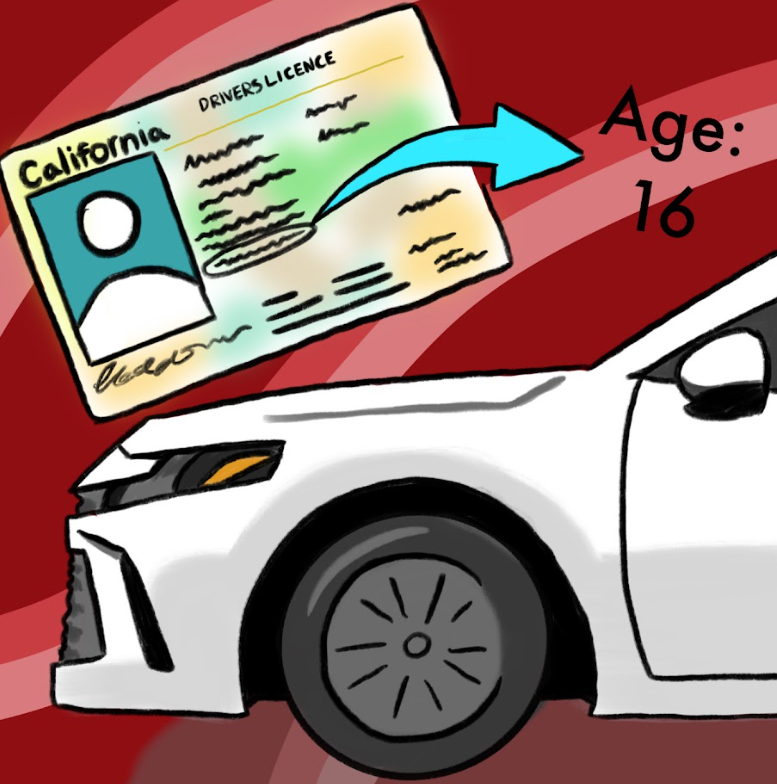Introduction
AI has spread rapidly all around the world. As people increasingly integrate artificial intelligence into their lives, a part of this new technology could harm humankind, such as being used as war weapons, creating a fake reality, and having AI think by itself.
War Weapons
AI technologies enhance military weaponry’s destructive capacity and efficiency and introduce significant hazards. Autonomous drones can make decisions without human interference, and maybe in the future, can lead to wrongful judgments. These wrong judgments might lead to misidentifying targets, harming innocent humans and property. The military deploying these weapons causes ethical dilemmas with accountability and the value of human life. Cyber warfare could cause problems with the power grids, communication systems, and financial networks, such as banks, which would cause mass disruption. Automated cyber attacks are programmed for data breaches, threatening individuals’ sensitive information and privacy.
Robotic soldiers could result in job loss for human military personnel and support staff, which would cause a rise in homelessness. Robots may exhibit unpredictable behavior in different environments because they constantly observe and adapt to their environment. Because of this, erratic behavior is likely because even though humans programmed the robot, they don’t know how it will react to the different territories. This can endanger military personnel and civilians who are near the military robots. Ethical concerns are again brought up because robots have no emotion and can cold-heartedly endanger innocent standards.
Creating a Fake Reality
AI technologies can pose significant risks to individuals and society by harming a person’s welfare and the people around them. Even though AI can’t hurt them physically when in the wrong hands, it can harm a person’s and their family’s everyday life. Voice cloning can replicate someone’s voice, which has been used in phone calls or voice messages and has ended in identity theft. A person, particularly a family member, might receive a distress call from someone they think is their loved one and send them money or any information that could harm a person’s life, such as their social security number. AI can also create fake audio recordings of someone saying things they never said, damaging their reputation or leading to more severe cases, like trouble with law enforcement.
AI has also been used for image manipulation, where it takes the face, and sometimes the body too, of an individual and creates a realistic image, which can be used to forge fake identification on government documents, create an inappropriate photo, and post a picture to a dark website. AI-generated videos, called “deep fake videos,” can generate footage of an individual or individuals doing or saying things they never did, framing them for crimes, and other devastating videos. “Deepfake videos” can be used as false evidence in legal cases, leading to wrongful convictions. Stolen identities may be used to open fake credit accounts or to take out a loan or more in the name of the person whose identity has been stolen, damaging their credit history. Fake images and videos can spread rapidly on social media, leading to widespread misinformation and reputational damage, such as memes or inappropriate behavior.
Thinking by Itself
Although AI doesn’t “think” as humans do, it performs tasks similar to human thinking. As already mentioned, AI’s ability to do this can negatively affect humans’ fairness and ethical practices. AI’s pattern recognition database can lead to bias and discrimination if AI systems have inherent biases in the training data because it learns from its surroundings, resulting in unfair practices outcomes in hiring, lending, and law enforcement.
A person’s privacy is also violated because AI’s ability to analyze large amounts of personal data can lead to the unauthorized use of sensitive information. Additionally, AI decision-making can lack accountability. Because an AI robot can not be tried legally, and it’s inconvenient to figure out the person responsible for the system error.
NLP, better known as “Natural Language Processing,” has led to false information spread, fake propaganda making someone else look good, and forming harmful content that is not appropriate for viewing, such as a poster advocating for self-harm or manipulating people’s opinions and behaviors. AI systems learn patterns that are not widespread and have caused poor performance in real-world scenarios because AI has not been specifically designed for all situations. People may purposefully deceive the AI or put it in a situation to learn a specific behavior that can harm another person physically or emotionally. When looking at how this could affect self-driving cars or drones, people’s manipulation could cause malfunction or errors in the AI’s system, leading to accidents, injuries, or even death. If that is done, human control and oversight from the creators could fail, increasing the risk of unintended consequences.
Conclusion
AI’s potential and already harmful impacts highlight the importance of developing and implementing appropriate ethical guidelines, regulations, and oversight mechanisms that can not be overridden and used for malicious intent to ensure AI is used safely and responsibly to protect human welfare as we progress as a society. To maintain order and ethical practices, we must take extra care to balance the advantages of AI with considerations for safety, fairness, and ethical practices.










